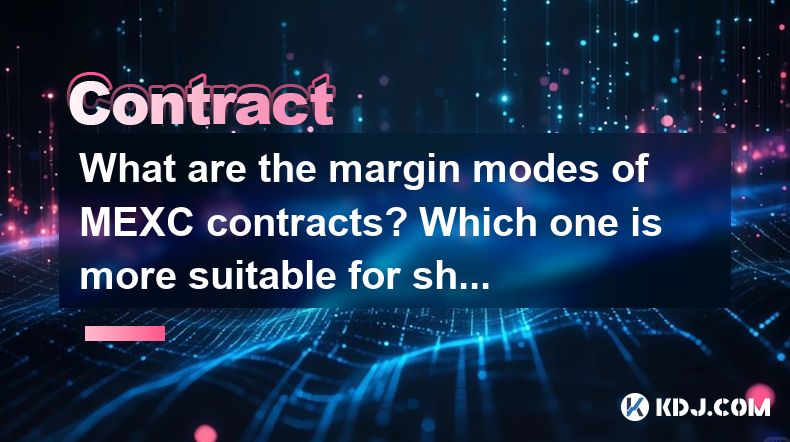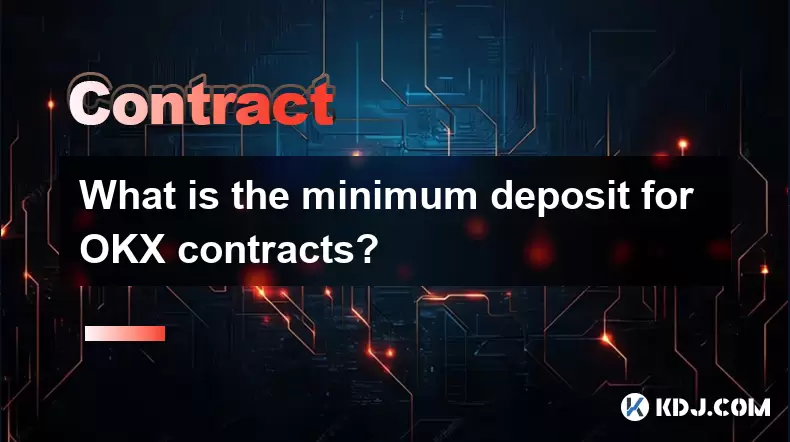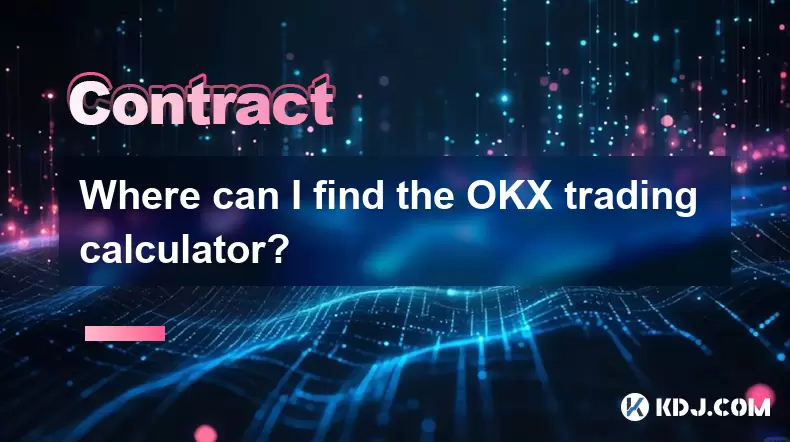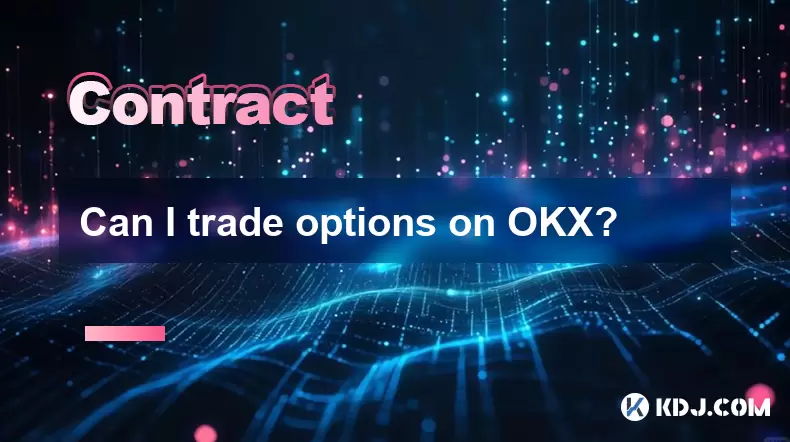-
 Bitcoin
Bitcoin $117500
2.15% -
 Ethereum
Ethereum $3911
6.19% -
 XRP
XRP $3.316
10.79% -
 Tether USDt
Tether USDt $1.000
0.01% -
 BNB
BNB $787.2
2.24% -
 Solana
Solana $175.2
4.15% -
 USDC
USDC $0.9999
0.00% -
 Dogecoin
Dogecoin $0.2225
8.40% -
 TRON
TRON $0.3383
0.28% -
 Cardano
Cardano $0.7868
6.02% -
 Stellar
Stellar $0.4382
9.34% -
 Hyperliquid
Hyperliquid $40.92
7.56% -
 Sui
Sui $3.764
7.63% -
 Chainlink
Chainlink $18.48
10.66% -
 Bitcoin Cash
Bitcoin Cash $582.1
1.88% -
 Hedera
Hedera $0.2601
6.30% -
 Avalanche
Avalanche $23.33
4.94% -
 Ethena USDe
Ethena USDe $1.001
0.02% -
 Litecoin
Litecoin $122.3
2.04% -
 UNUS SED LEO
UNUS SED LEO $8.969
-0.27% -
 Toncoin
Toncoin $3.339
0.86% -
 Shiba Inu
Shiba Inu $0.00001287
4.30% -
 Uniswap
Uniswap $10.43
7.38% -
 Polkadot
Polkadot $3.861
5.08% -
 Dai
Dai $1.000
0.02% -
 Bitget Token
Bitget Token $4.513
3.41% -
 Monero
Monero $267.7
-6.18% -
 Cronos
Cronos $0.1499
4.14% -
 Pepe
Pepe $0.00001110
5.15% -
 Aave
Aave $284.9
8.28%
What are the margin modes of MEXC contracts? Which one is more suitable for short-term traders?
MEXC offers Cross and Isolated Margin modes for contract trading; Isolated Margin is better for short-term traders due to its risk management and flexibility.
May 02, 2025 at 03:21 pm

MEXC, a popular cryptocurrency trading platform, offers various margin modes for its contract trading services. Understanding these margin modes is crucial for traders, especially those focusing on short-term trading strategies. In this article, we will explore the different margin modes available on MEXC and discuss which one is more suitable for short-term traders.
Understanding Margin Modes on MEXC
Margin modes on MEXC allow traders to leverage their positions, amplifying potential gains or losses. MEXC offers two primary margin modes for its contract trading: Cross Margin and Isolated Margin. Each mode has unique features and is suited for different trading strategies.
Cross Margin Mode
Cross Margin mode uses the entire balance in the user's margin account to support all open positions. This means that if one position incurs a loss, the funds from other positions can be used to cover it. Here are the key characteristics of Cross Margin mode:
- Shared Balance: All funds in the margin account are pooled together to support all positions.
- Risk Management: Losses from one position can be offset by gains in another, but it also means that a significant loss in one position can affect all other positions.
- Leverage: The leverage is automatically adjusted based on the total balance and open positions.
Cross Margin mode is generally more suitable for traders who manage multiple positions simultaneously and want to utilize their entire account balance to support their trades.
Isolated Margin Mode
Isolated Margin mode, on the other hand, allows traders to allocate a specific amount of margin to each position. This means that the performance of one position does not affect the others. Here are the key characteristics of Isolated Margin mode:
- Position-Specific Margin: Each position has its own dedicated margin, isolated from the rest of the account.
- Risk Control: Losses are limited to the margin allocated to each position, providing better risk management for individual trades.
- Flexible Leverage: Traders can adjust the leverage for each position independently.
Isolated Margin mode is preferred by traders who want to manage the risk of each position separately and have more control over their leverage.
Comparing Cross and Isolated Margin Modes
To better understand which margin mode is more suitable for short-term traders, let's compare the two modes based on several factors:
- Risk Management: Isolated Margin mode offers better risk control since losses are confined to the margin allocated to each position. This is particularly important for short-term traders who may open and close multiple positions quickly.
- Flexibility: Isolated Margin mode allows traders to adjust leverage for each position, providing more flexibility to adapt to market conditions.
- Account Utilization: Cross Margin mode uses the entire account balance, which can be beneficial for traders with a diversified portfolio but may expose them to higher risk.
- Position Management: Isolated Margin mode is easier to manage for short-term traders as they can focus on individual positions without worrying about the impact on their entire account.
Suitability for Short-Term Traders
For short-term traders, Isolated Margin mode is generally more suitable. Here’s why:
- Risk Management: Short-term trading often involves quick decisions and high volatility. Isolated Margin allows traders to limit their exposure on each trade, reducing the risk of significant losses.
- Flexibility: Short-term traders need to adapt quickly to market changes. Isolated Margin mode enables them to adjust leverage for each position, providing the necessary flexibility to capitalize on short-term opportunities.
- Position Control: Managing multiple short-term positions is easier with Isolated Margin, as each position is treated independently, allowing traders to focus on their strategy without the risk of cross-contamination from other trades.
Setting Up Margin Modes on MEXC
To set up and switch between margin modes on MEXC, follow these steps:
Accessing the Contract Trading Page:
- Log into your MEXC account.
- Navigate to the "Contract" section from the main menu.
Selecting a Contract:
- Choose the contract you wish to trade from the list of available contracts.
Setting the Margin Mode:
- Click on the "Open Position" button.
- Look for the "Margin Mode" option, usually located at the top of the trading interface.
- Select either "Cross Margin" or "Isolated Margin" based on your preference.
Adjusting Leverage (Isolated Margin):
- If you choose Isolated Margin, you can adjust the leverage for the specific position by selecting the desired leverage level from the dropdown menu.
Confirming the Trade:
- Enter the amount you wish to trade and any other required parameters.
- Review your settings and confirm the trade.
Frequently Asked Questions
Q: Can I switch between Cross Margin and Isolated Margin modes after opening a position?
A: Yes, MEXC allows users to switch between Cross Margin and Isolated Margin modes even after a position is opened. However, be aware that switching modes may affect your current positions and leverage settings.
Q: How does MEXC handle liquidations in different margin modes?
A: In Cross Margin mode, if a position is liquidated, the losses are covered by the entire account balance. In Isolated Margin mode, only the margin allocated to the specific position is at risk of liquidation. MEXC uses a risk engine to monitor positions and initiate liquidations when necessary to protect the platform and users.
Q: Are there any fees associated with using different margin modes on MEXC?
A: MEXC does not charge additional fees for using Cross Margin or Isolated Margin modes. However, traders should be aware of the general trading fees, funding fees, and potential liquidation fees that apply to contract trading on the platform.
Q: Can I use both Cross Margin and Isolated Margin modes simultaneously on MEXC?
A: Yes, MEXC allows users to have positions open in both Cross Margin and Isolated Margin modes at the same time. This provides flexibility for traders to manage their portfolio according to their strategy and risk tolerance.
Disclaimer:info@kdj.com
The information provided is not trading advice. kdj.com does not assume any responsibility for any investments made based on the information provided in this article. Cryptocurrencies are highly volatile and it is highly recommended that you invest with caution after thorough research!
If you believe that the content used on this website infringes your copyright, please contact us immediately (info@kdj.com) and we will delete it promptly.
- XRP ETF, Bitcoin ETF, and Japan: A New Era for Crypto Investing?
- 2025-08-08 14:30:12
- Crypto, Congress, and Bills: Navigating the Regulatory Landscape in 2025
- 2025-08-08 14:30:12
- Union Jack Oil, Unused Gas, and Bitcoin: A New York Minute on UK's Crypto-Energy Play
- 2025-08-08 14:50:12
- Bitcoin Price: Bullish Flag Points to $123K Breakout?
- 2025-08-08 14:50:12
- Crypto Group's WNBA Dildo Toss: Meme Coin Mania or Just Plain Dumb?
- 2025-08-08 14:55:13
- Stablecoins, Hong Kong, and On-Chain Finance: Navigating the Regulatory Maze
- 2025-08-08 12:30:12
Related knowledge

What is the distinction between mark price and last price on KuCoin?
Aug 08,2025 at 01:58pm
Understanding the Basics of Price in Cryptocurrency TradingIn cryptocurrency exchanges like KuCoin, two key price indicators frequently appear on trad...

What are the specific maker and taker fees on KuCoin Futures?
Aug 08,2025 at 08:28am
Understanding Maker and Taker Fees on KuCoin FuturesWhen trading on KuCoin Futures, users encounter two primary types of fees: maker fees and taker fe...

What is the maximum leverage available on KuCoin Futures?
Aug 08,2025 at 10:21am
Understanding Leverage in KuCoin Futures TradingLeverage in KuCoin Futures allows traders to control a larger position size using a smaller amount of ...

What is the minimum deposit for OKX contracts?
Aug 08,2025 at 07:00am
Understanding OKX Contract Trading BasicsOKX is one of the leading cryptocurrency derivatives exchanges, offering a wide range of perpetual and future...

Where can I find the OKX trading calculator?
Aug 08,2025 at 07:49am
Understanding the OKX Trading Calculator FunctionalityThe OKX trading calculator is a powerful analytical tool designed to assist traders in estimatin...

Can I trade options on OKX?
Aug 08,2025 at 11:01am
Understanding Options Trading on OKXYes, you can trade options on OKX. OKX is one of the leading cryptocurrency derivatives exchanges that offers a de...

What is the distinction between mark price and last price on KuCoin?
Aug 08,2025 at 01:58pm
Understanding the Basics of Price in Cryptocurrency TradingIn cryptocurrency exchanges like KuCoin, two key price indicators frequently appear on trad...

What are the specific maker and taker fees on KuCoin Futures?
Aug 08,2025 at 08:28am
Understanding Maker and Taker Fees on KuCoin FuturesWhen trading on KuCoin Futures, users encounter two primary types of fees: maker fees and taker fe...

What is the maximum leverage available on KuCoin Futures?
Aug 08,2025 at 10:21am
Understanding Leverage in KuCoin Futures TradingLeverage in KuCoin Futures allows traders to control a larger position size using a smaller amount of ...

What is the minimum deposit for OKX contracts?
Aug 08,2025 at 07:00am
Understanding OKX Contract Trading BasicsOKX is one of the leading cryptocurrency derivatives exchanges, offering a wide range of perpetual and future...

Where can I find the OKX trading calculator?
Aug 08,2025 at 07:49am
Understanding the OKX Trading Calculator FunctionalityThe OKX trading calculator is a powerful analytical tool designed to assist traders in estimatin...

Can I trade options on OKX?
Aug 08,2025 at 11:01am
Understanding Options Trading on OKXYes, you can trade options on OKX. OKX is one of the leading cryptocurrency derivatives exchanges that offers a de...
See all articles

























































































